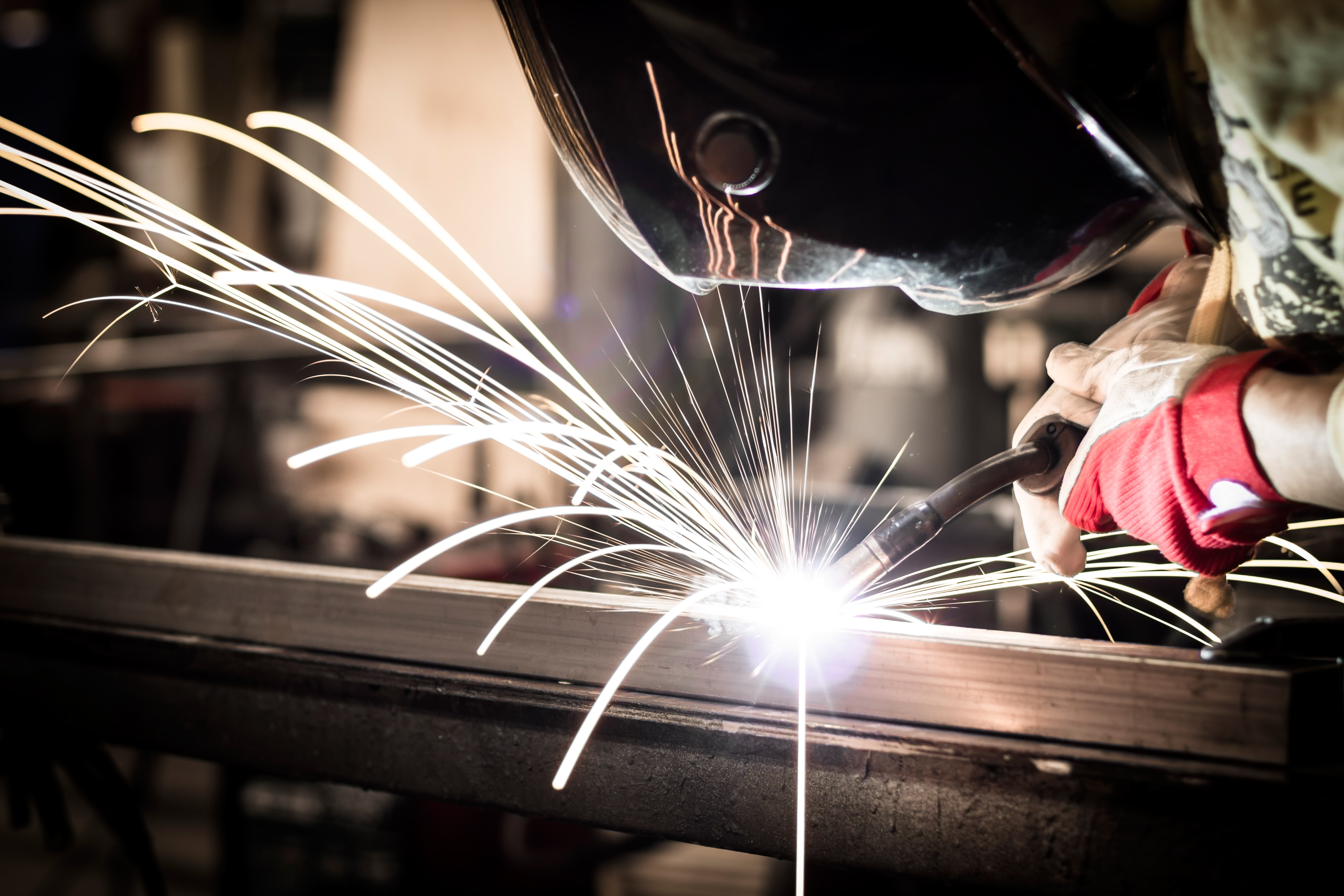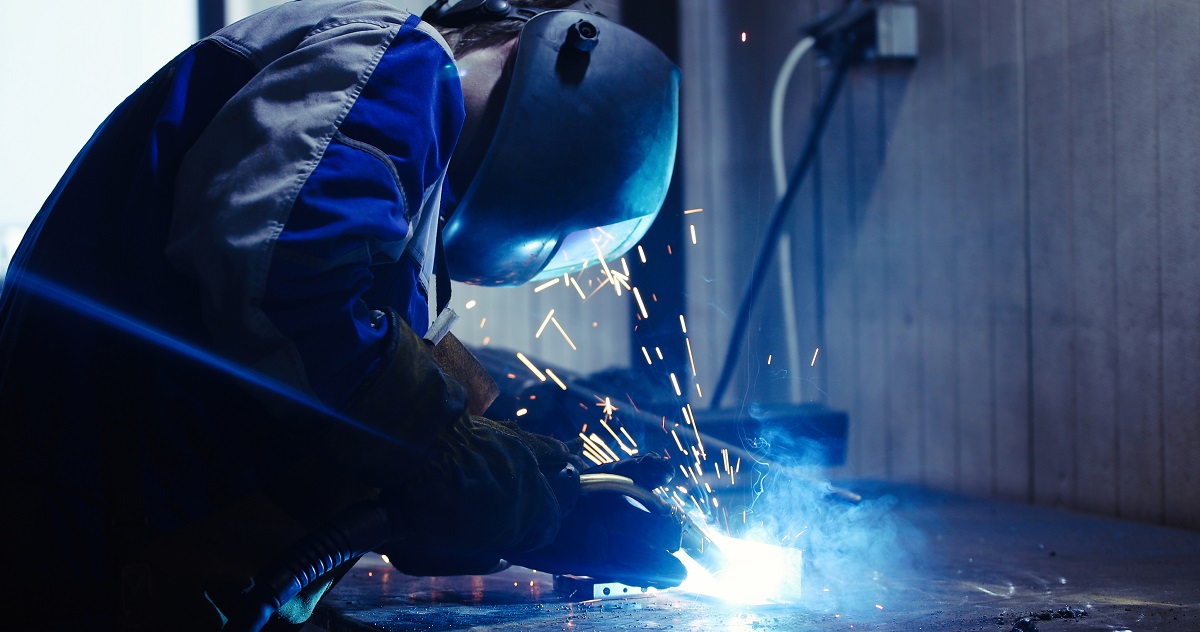Step-by-Step Guide to Preventing Weld Undercut in Different Metals
Wiki Article
Crucial Tips for Welders: Stopping Undercut Welding and Ensuring Stronger Weld Joints
In the realm of welding, accomplishing durable and strong weld joints is the cornerstone of generating high-quality work. Nevertheless, one typical obstacle that welders often run into is undercut welding, which can compromise the stability of the weld joint. By understanding the variables that add to undercutting and executing the right methods and safety measures, welders can properly stop this issue and make certain the durability and stamina of their welds. Allow's discover some essential tips that can assist welders browse this obstacle and boost the top quality of their welding tasks.
Recognizing Undercut Welding
Undercut welding is a typical welding defect that happens when the weld metal stops working to properly fill up the groove and results in a groove-like clinical depression along the weld bead. This issue compromises the weld joint, making it at risk to breaking and failing under stress. Damaging can be triggered by different variables, including extreme welding existing, high welding speed, incorrect electrode angle, inaccurate electrode dimension, and poor welding method.Among the main reasons for undercut welding is an inequality between the welding present and the welding rate. If the welding current is too expensive or the welding speed is also quickly, the weld metal may not appropriately fill up the groove, bring about undercutting. Additionally, utilizing an electrode that is also large can result in a similar result, as the excess steel can not effectively flow into the groove.
To avoid undercut welding, welders need to guarantee they are using the appropriate welding specifications, keep an ideal electrode angle, pick the appropriate electrode size, and practice proper welding methods. By resolving these factors, welders can minimize the threat of undercutting and produce more powerful, extra trusted weld joints.
Proper Welding Method
Effective welding method plays a vital function in guaranteeing the quality and honesty of weld joints. One essential aspect of correct welding technique is keeping the right angle and distance between the welding weapon and the workpiece.Furthermore, a consistent and constant hand activity is necessary for creating solid and long lasting weld joints. Welders ought to go for smooth, uniform movements to make sure even circulation of the weld material. Correct control of the welding weapon and filler material is additionally essential to attaining optimal infiltration and fusion.
In addition, managing the warmth input and selecting the ideal welding parameters based upon the product being welded are essential consider attaining premium welds - Preventing weld undercut. Welders need to follow the suggested setups offered by welding treatment specifications and change them as required based on the particular needs of the project. By grasping correct welding strategies, welders can considerably enhance the strength and dependability of their weld joints
Picking the Right Electrode
When thinking about the value of picking the ideal electrode in welding applications,Maintaining the right angle and range in between the welding weapon and the work surface is basic. The option of electrode plays an essential function in establishing the top quality and toughness of the weld joint. Electrodes come pop over to these guys in various kinds, each created for details objectives and products.To start with, picking the ideal electrode size is essential. Thinner electrodes are appropriate for welding slim products, while thicker electrodes are better for thicker materials and higher heat applications. Matching the electrode size to the density of the workpiece assists accomplish a balanced weld.
Second of all, recognizing the product structure of the electrode is important. Different electrodes are developed for welding particular materials like steel, stainless steel, aluminum, or cast iron. Making use of the proper electrode material ensures good blend and decreases the threat of flaws in the weld.
Finally, thinking about the welding position and method is important when choosing the electrode type. As an example, specific electrodes are better suited for upright or overhead welding settings, while others work well for level or straight positions. Selecting the appropriate electrode based content on the welding technique boosts the general weld top quality and stability.
Preparing the Base Metal
To ensure an effective welding procedure, what initial steps should be taken when preparing the base steel for welding? Additionally, any type of existing weld product or deposit from previous welding should be eliminated to make sure a tidy surface for the new weld.
Performing Post-Weld Inspections

After conducting these analyses, welders need to contrast the results against sector standards and job needs to make certain that the weld joint satisfies all necessary requirements. Any inconsistencies or insufficiencies discovered during the post-weld evaluation ought to be promptly resolved via proper corrective procedures to ensure the weld's stability. By diligently executing post-weld examinations and immediately dealing with any kind of problems, welders can support the quality and reliability of their job, eventually adding to the safety and security and durability of the bonded structures.
Conclusion

In final thought, stopping undercut welding and guaranteeing more powerful weld joints need a mix of appropriate welding strategy, selecting the appropriate electrode, preparing the base metal appropriately, and carrying out post-weld evaluations. By recognizing the root causes of undercut welding and applying the required preventative measures, welders can create high-quality weld joints that satisfy sector standards and make sure the architectural integrity of the bonded elements.
Undercut welding is an usual welding defect that happens when the weld steel fails to appropriately load the groove and results in a groove-like depression along the weld bead (Preventing weld undercut). Damaging can be created by various aspects, consisting of too much welding current, high welding speed, incorrect electrode angle, wrong electrode size, and inadequate welding technique
One of the main reasons for undercut welding is an inequality in between the welding existing and the welding speed. If the welding current is too high or the welding speed is as well quickly, the weld steel might not sufficiently load the groove, leading to damaging.Keeping the correct angle and distance between the welding gun and the workpiece is fundamental when thinking about the value of picking the appropriate electrode in welding applications.
Report this wiki page